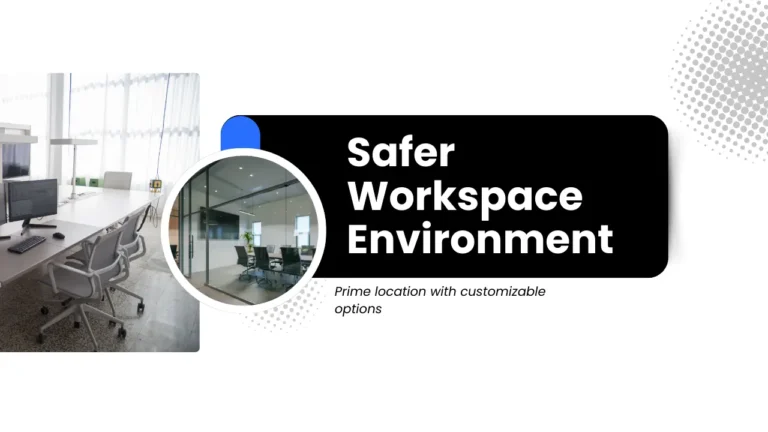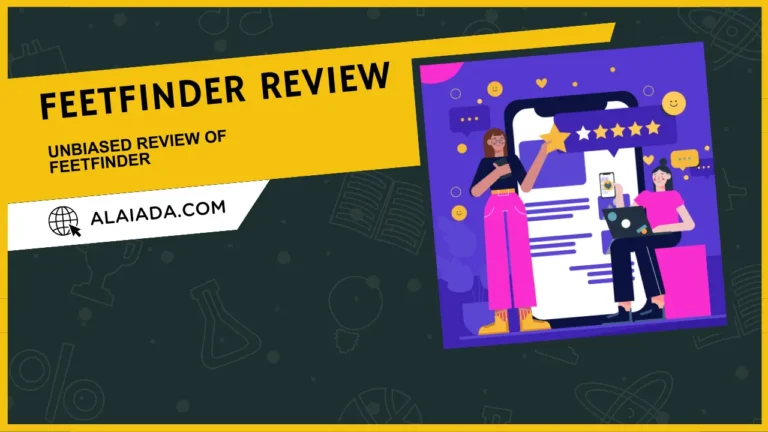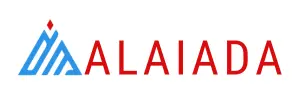Customizing Workflows in Human Services Case Management Software for Optimal Efficiency

The Problem Isn’t People, It’s Paperwork
Ever seen a seasoned caseworker get buried under a spreadsheet avalanche? Happens more often than it should. The passion is there. The resources? Sometimes. But the real bottleneck in human services isn’t empathy, it’s inefficient systems.
Case notes get lost. Appointments fall through. Compliance requirements feel like an unpaid second job. Meanwhile, families and individuals in need wait. And wait.
This is exactly where human services case management software comes in—not as another system to babysit, but as a customizable tool that bends to fit how your team works.
Because let’s be real: no two organizations operate the same way. So why should their workflows?
Customization > One-Size-Fits-None
Here’s the trap too many agencies fall into: they adopt an “out-of-the-box” solution, only to spend months wrestling it into relevance. It’s like trying to run a marathon in someone else’s shoes.
Human services case management software flips that model. Instead of forcing teams to adapt to rigid templates, it offers customizable workflows that can:
- Mirror your real-world intake process
- Automate documentation routing
- Trigger alerts for critical tasks or deadlines
- Match the language and terminology your team actually uses
It’s the difference between just digitizing chaos and finally making sense of it.
What Does “Custom Workflow” Actually Look Like?
Picture this: A child welfare caseworker logs in. Based on the program type, a pre-defined workflow populates, intake forms, safety checklists, supervisor review steps, and follow-up timelines are all there.
But here’s the kicker: these aren’t random defaults. They’re your steps, coded into the software.
- Need to add a trauma-informed care assessment halfway through the intake? Done.
- Want different approval chains for foster care vs. family preservation cases? Easy.
- Need to log services in both English and Spanish for compliance reporting? Absolutely.
Custom workflows mean your case management software actually works the way your team does—on purpose.
Automation: The Silent Assistant You’ve Been Waiting For
Customization isn’t just about moving fields around. It’s about building smarter workflows that eliminate redundant effort. Think less “busy work,” more actual work.
Examples of Automation
- Auto-assigning new cases based on staff caseload
- Populating standard case plans based on client demographics
- Triggering alerts when services haven’t been scheduled within 72 hours
- Auto-generating monthly reports for funding partners or regulatory bodies
It’s the kind of invisible labor that shaves hours off a caseworker’s week—without them even noticing. And the best part? It scales. Whether you’re a 5-person nonprofit or a statewide agency, automation doesn’t blink.
Compliance Without the Chaos
Let’s talk audits. Or rather, how to avoid losing your mind during one.
When workflows are custom-built into your human services case management software, compliance stops being a separate task. It’s baked in. Every required field, timestamp, signature log, or follow-up step can be enforced within the workflow itself.
Instead of chasing down documentation days before a site visit, your team just works as usual, and the system quietly collects everything you’ll need when the time comes.
In short: documentation becomes a byproduct of doing the work—not an extra burden.
More Data, Less Drama
Custom workflows also make reporting… dare we say, enjoyable?
Because when everyone follows consistent, software-guided paths, your data gets cleaner, faster, and more trustworthy.
That means when a board member asks how many housing support cases closed successfully in Q2, you’re not scrambling. You click. You export. You answer with confidence.
And if your funding depends on accurate metrics (whose doesn’t?), workflow-driven data capture gives you the edge.
So, Why Aren’t More Agencies Doing This?
Truthfully? Because legacy systems and inertia are loud. And change feels risky—until the status quo feels worse.
But agencies that make the switch report:
- Faster onboarding
- Lower staff burnout
- More productive case teams
When people aren’t reinventing the wheel every day, they get to focus on what actually matters: helping others.
The human services case management software from Casebook was designed with that exact philosophy in mind—customizable, cloud-based, and flexible enough to meet your agency’s evolving needs.
Final Word: If It’s Not Working for You, It’s Working Against You
Your mission is too important to be slowed down by bad software. Custom workflows aren’t just a tech upgrade—they’re a shift in how your agency functions.
Less friction. More impact.
And hey, if your software doesn’t make your life easier… what’s the point?
Time to build workflows that work. For your team. For your clients. For the bigger picture.











